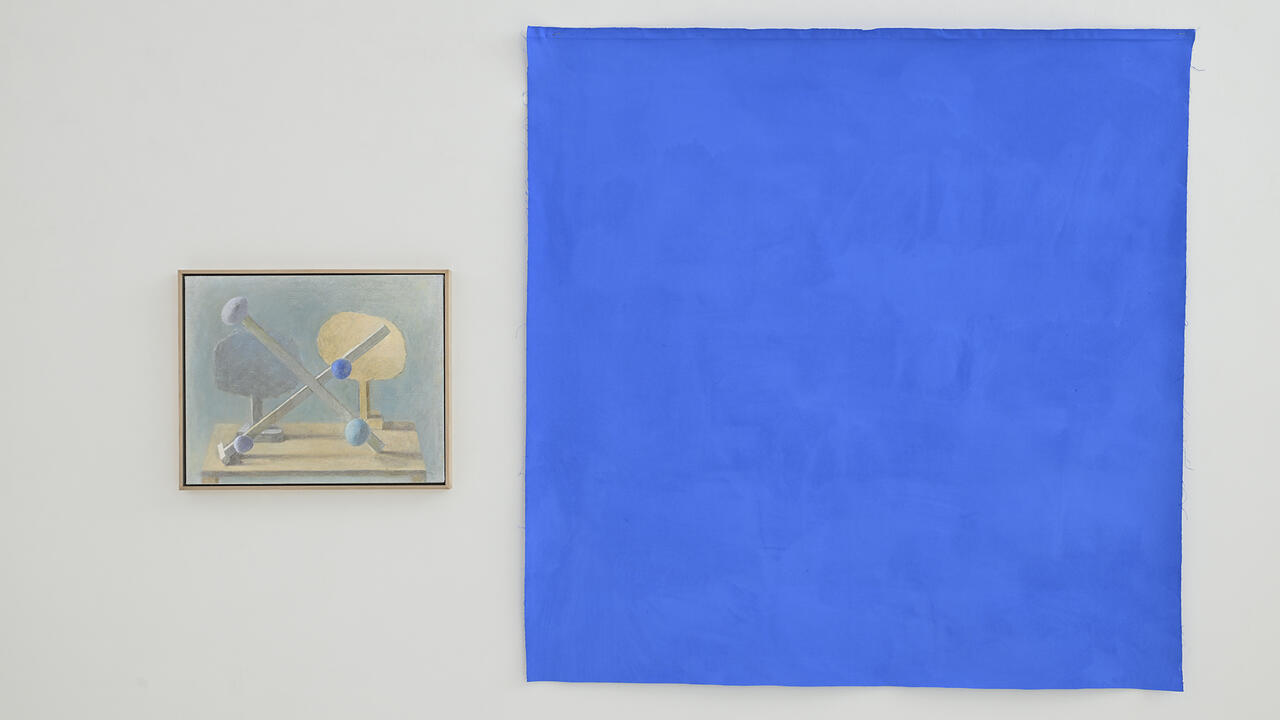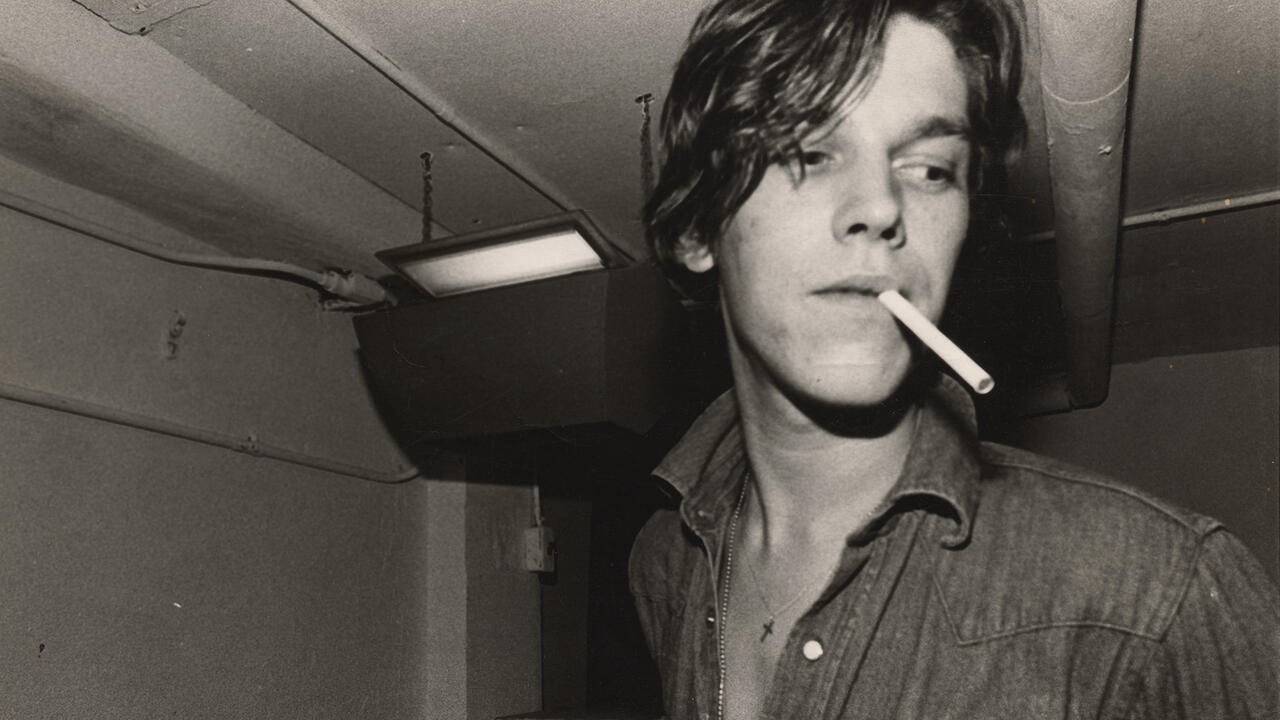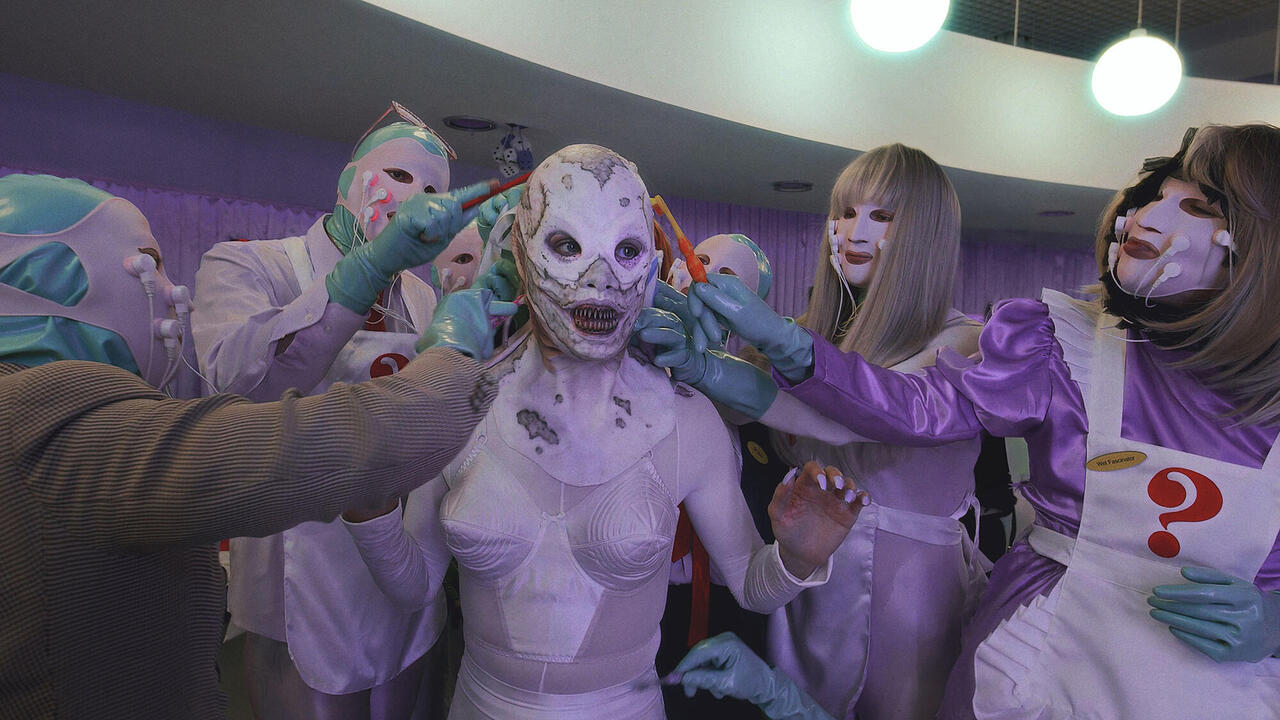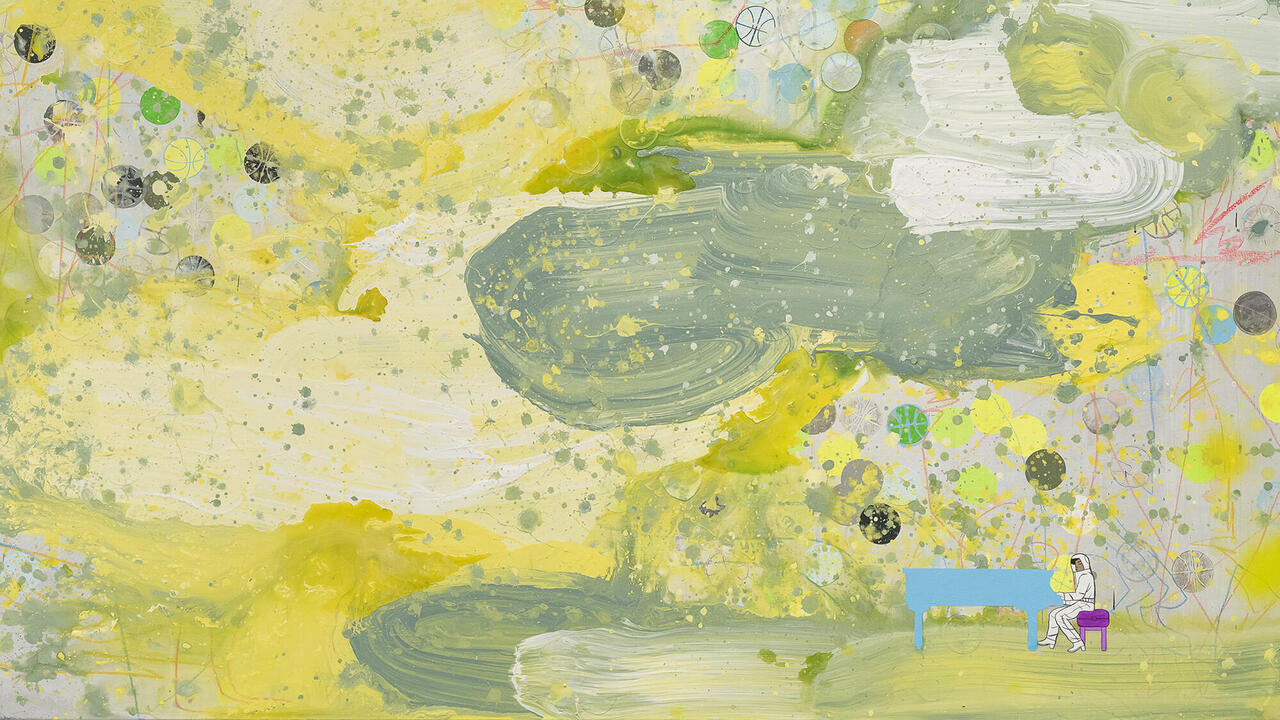Débora Delmar’s Sculptural Barriers to Entry
At Museo Jumex, Mexico City, the artist investigates class and colonialism by appropriating markers of exclusion
At Museo Jumex, Mexico City, the artist investigates class and colonialism by appropriating markers of exclusion

Visitors to Débora Delmar’s latest exhibition, ‘Liberty & Security’, should brace themselves for a rather hostile reception. When I went to Museo Jumex, the guard assigned to Delmar’s show – located on a subterranean floor of the Mexico City institution – wasn’t even sure when she might be able to open the gate for me. Standing three metres tall, GATE FOR MUSEO JUMEX (2024) – a heavy, black steel barrier of the kind typically used as a more secure alternative to garage doors in the global south – stretches the entire length of the gallery, partially obscuring the works beyond it. The guard is the keeper of KEYS (2024), which are held safely inside a small tin lockbox (SECURITY, 2024), but the exhibition’s opening hours are never announced. I was able to walk into the space, but only briefly, as the show was closing shortly thereafter for a public talk with the artist.
At the core of Delmar’s practice lies a critique of class and the aesthetics of their commonly associated markers. In ‘Liberty & Security’, she does this by highlighting the intrinsically classist nature of surveillance technologies and other means of exclusion that dominate our everyday lives.

Behind GATE FOR MUSEO JUMEX hang two works: GUARDED VIEW (2024) and LIBERTY ROSES (Black and White) (2024). The first comprises a pair of full-dome security mirrors, which offer two 360-degree views of the room. They face each other at the standard, functional height on the two walls perpendicular to the gates. Delmar has a knack for this kind of ready-made gesture: appropriating a perfectly common object and drawing attention to its unique aesthetic qualities and, in this case, its sinister undertones.
In a talk at the museum, Delmar and anthropologist Claudia C. Zamorano Villarreal alluded to how such defensive devices can signal class: the wealthy prefer a combination of the ostentatious (guardhouses, armed security) and the discrete (tiny cameras), whereas the working classes opt for the obvious and sometimes strident (menacing signs, barbwire, window grilles). In her exhibition, Delmar elucidates how these ubiquitous mechanisms end up delimiting our existence and how ‘protection’ can be inextricable from violation, policing and paranoia.

On the wall facing the gate hangs LIBERTY ROSES (Black and White), a rendition of a floral print, painted on thin aluminium panels held together with rivets, by a local rotulista (artisanal sign painter). It’s a technique commonly seen in the tacos stalls that line the streets of Mexico City. The six panels are identical, their image sourced from a close-up screenshot of the Liberty London website, specifically their monochromatic version of Liberty Fabrics Carline Rose Crepe de Chine. Delmar’s engagement with this luxury department store, specifically its British imperialist exoticizing, highlights the historical violence that undergirds the ostensibly free market.

Even the artist’s bootleg British roses – once a symbol of Victorian glitz and imperial expansion – were behind bars. Delmar asks us to consider what liberty looks like in a world that keeps multiplying borders and surveillance. While these stubborn ideas of security expand globally – the paranoid delusions that structure airports, for instance, or the prevalence of gated communities – luxury, commerce and art objects are allowed to move openly, while certain human counterparts, the vilified ‘migrants’, get left behind.
Debora Delmar’s ‘Liberty & Security’ is on view at Museo Jumex, Mexico City, until 5 January 2025
Main image: Débora Delmar, ‘Liberty & Security’, 2024, exhibition view. Courtesy: Museo Jumex; photograph: Ramiro Chaves
























